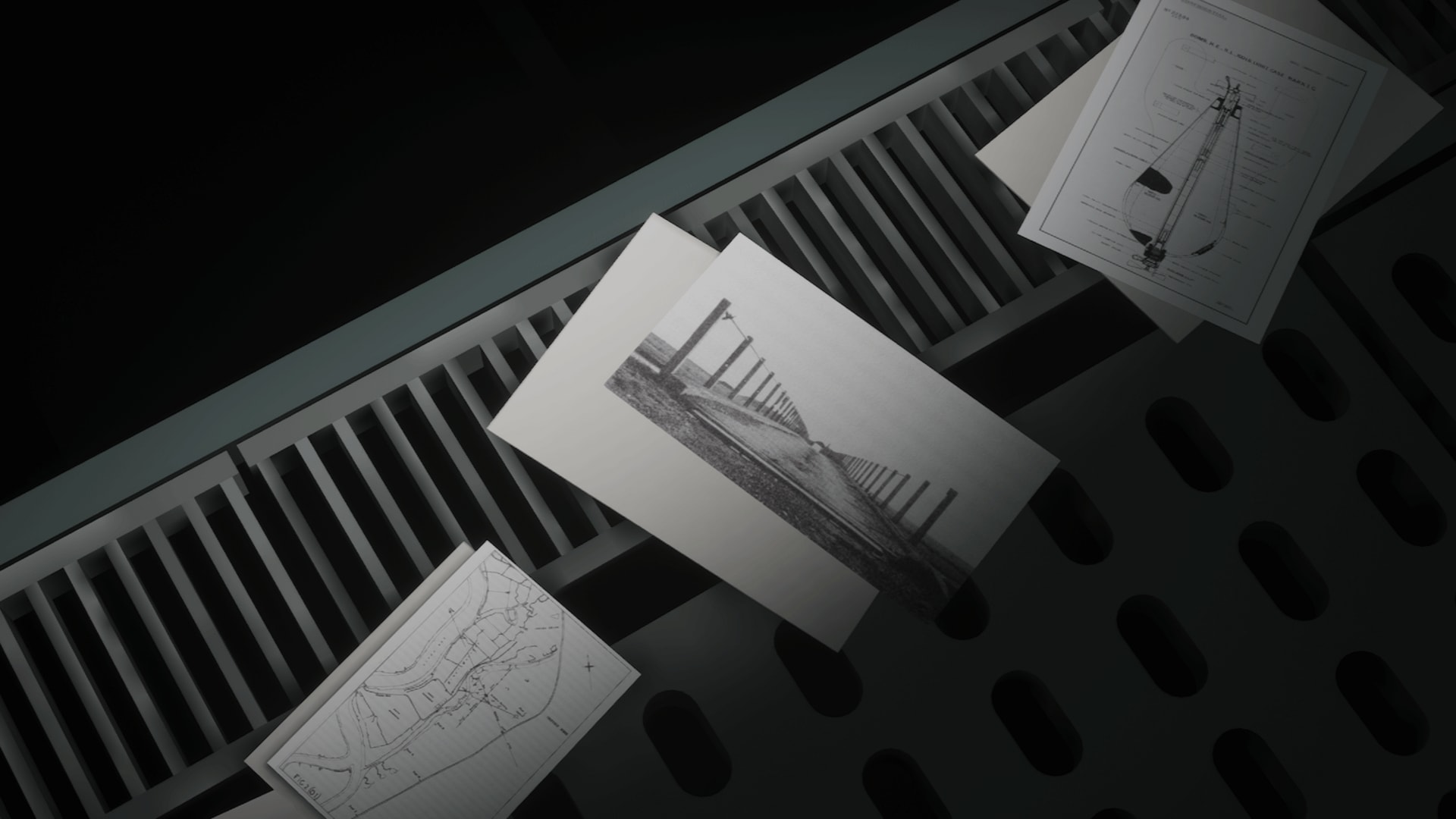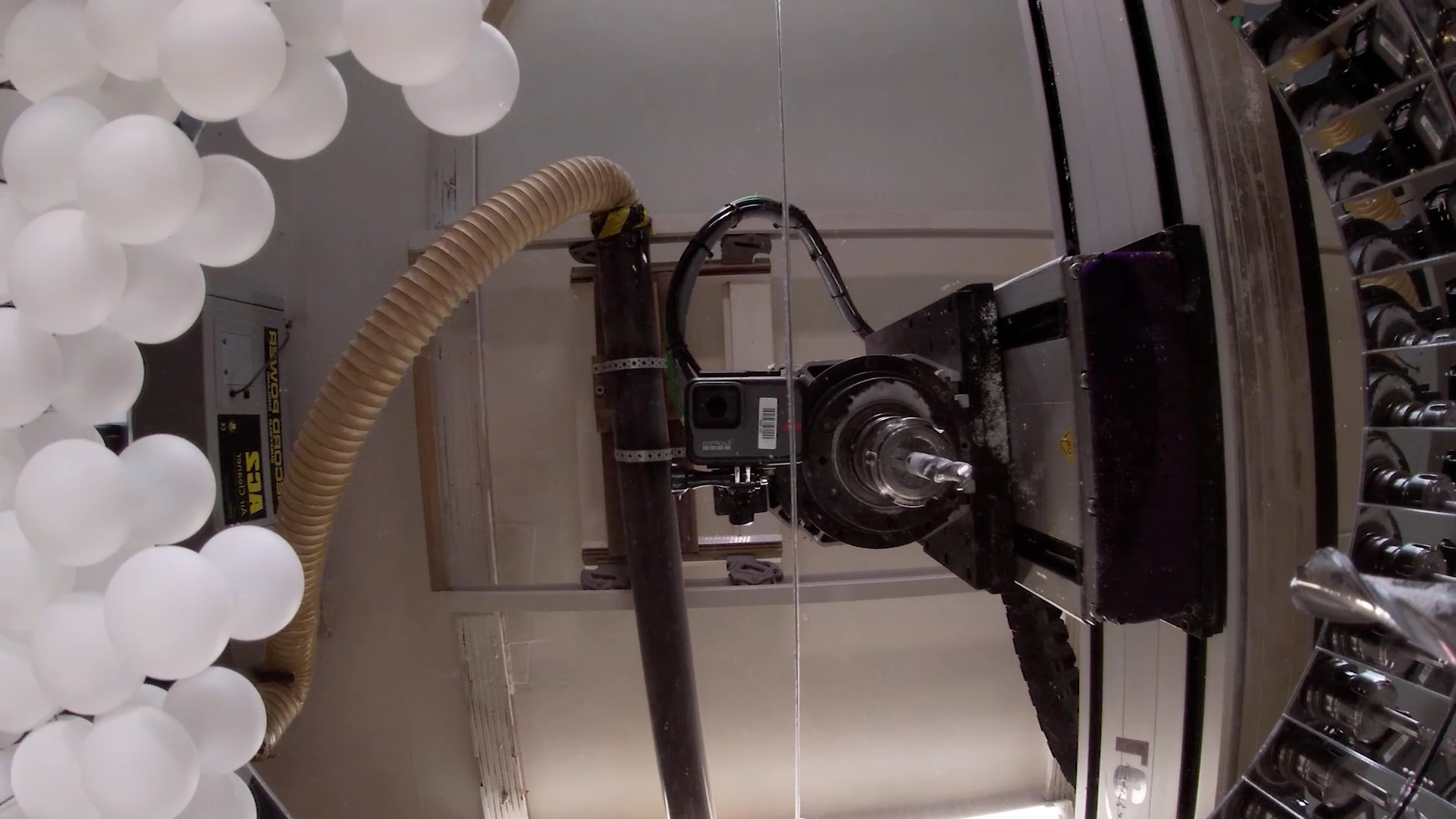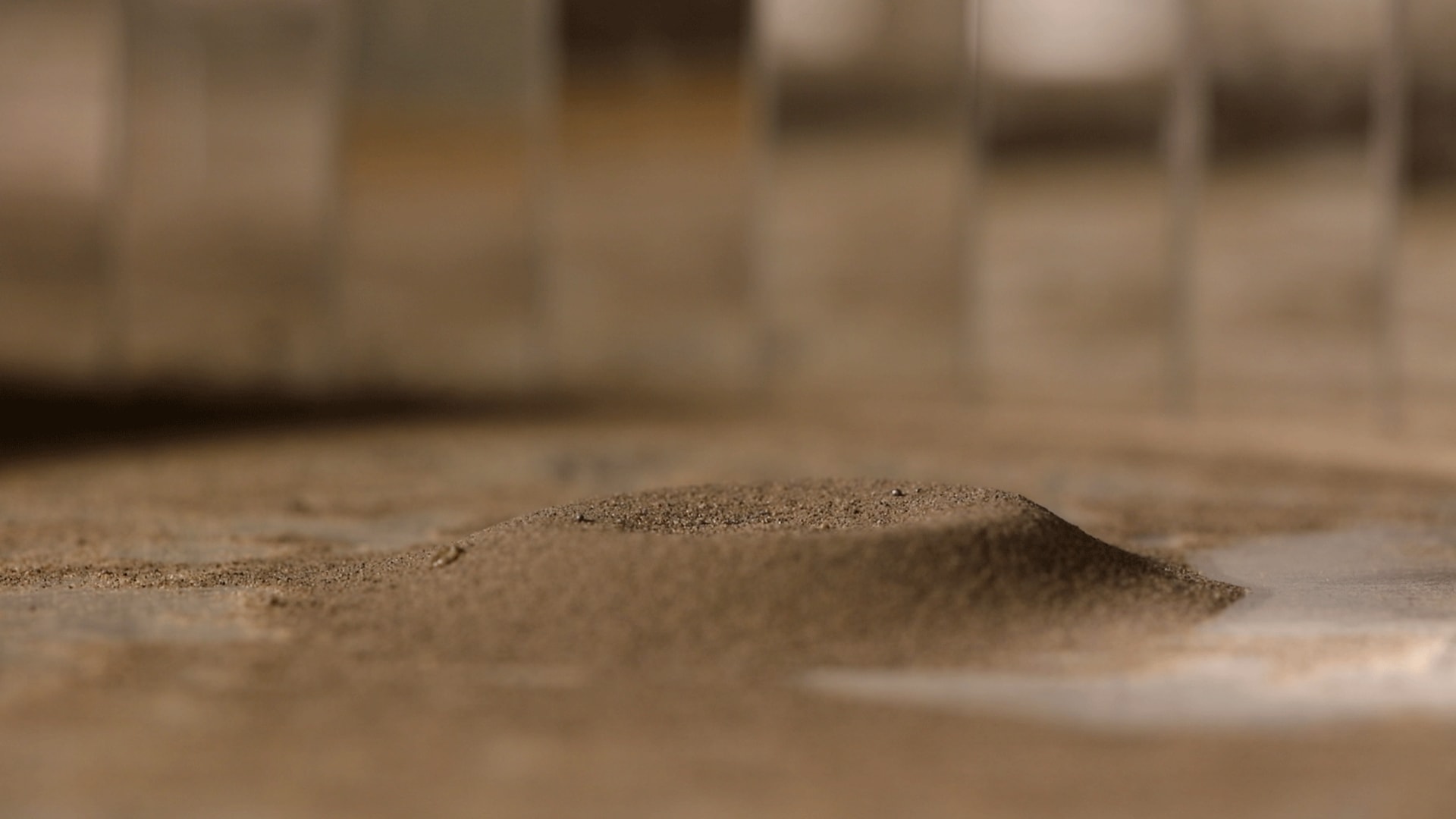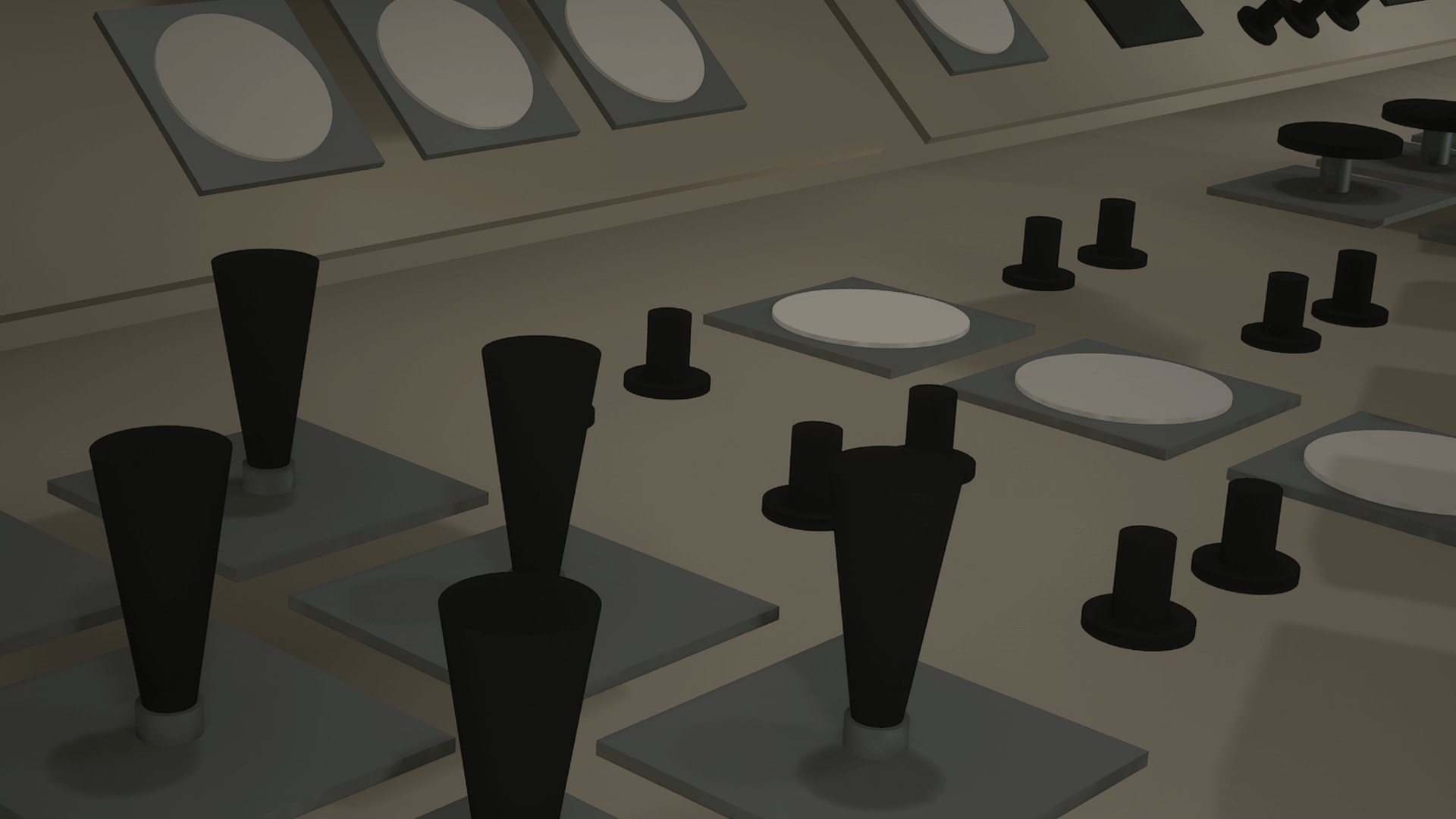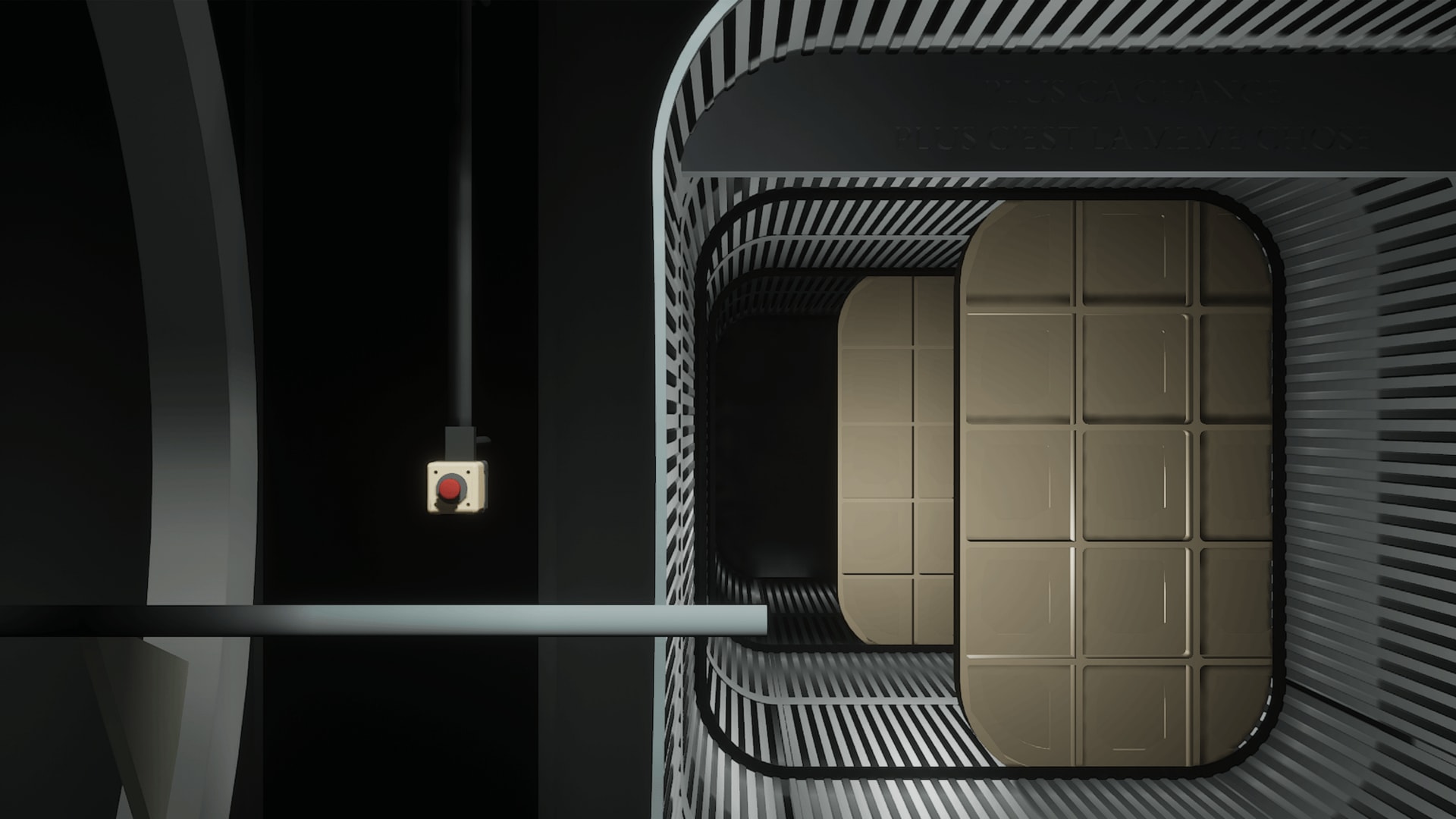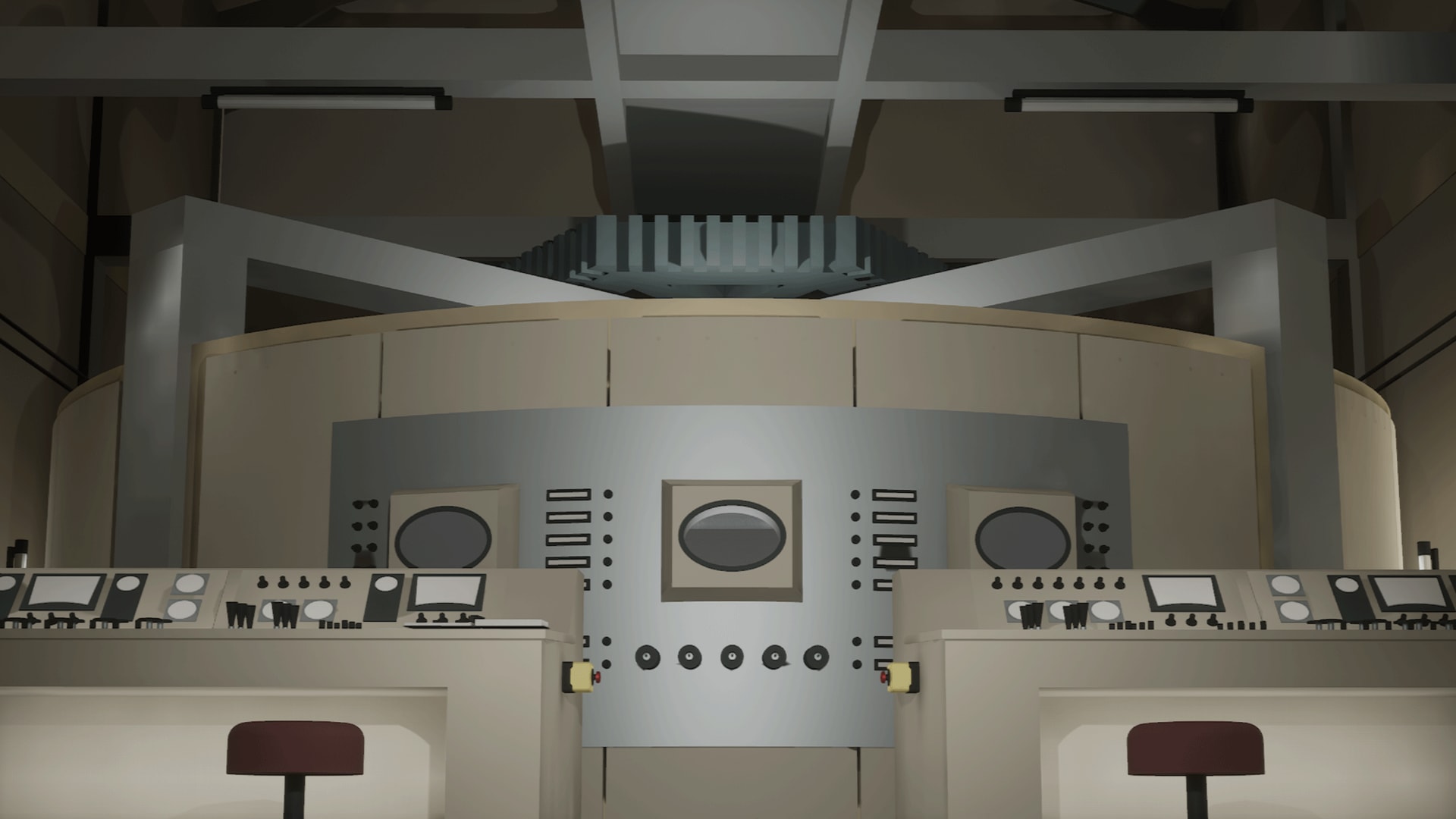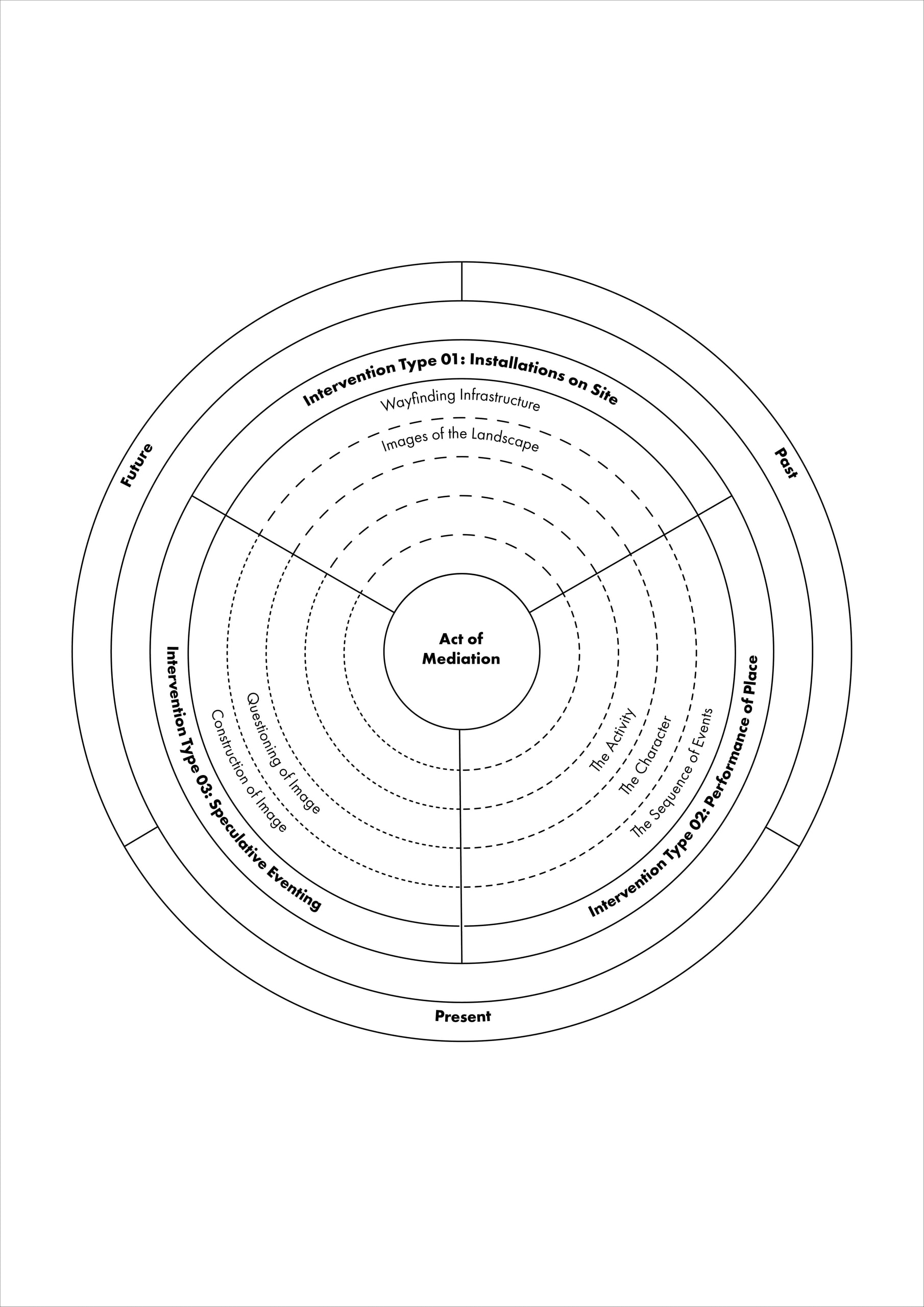During her time at the RCA, Emily has explored the different outcomes of process led design whilst creating new forms of engagement between the user and the spaces they inhabit. Her current work creates an architecture that emerges out of the social and environmental context of the place it is situated within, in which landscape and the images through which it is perceived plays a central role in determining the approach for design intervention.
Emily previously completed her undergraduate studies at the Welsh School of Architecture, Cardiff University in 2017 where her projects focused on the opportunity to impact both the individual and the local community through inclusive spatial design. She then worked as an architectural assistant in London where she gained experience on the design and build of a range of interior fit out projects. Participation in Rural Works 2016 in the Lake District focused on the experience of place and developed into Emily producing publications for Studio Berman’s subsequent Rural Works Projects in 2017 and 2018. Freelance graphic design work for Ski le Gap led Emily to spending time in the Canadian mountains and qualifying as a ski instructor in 2019 before starting her masters at the RCA.
Interacting with people, process and place is the central drive behind Emily’s design practice.
